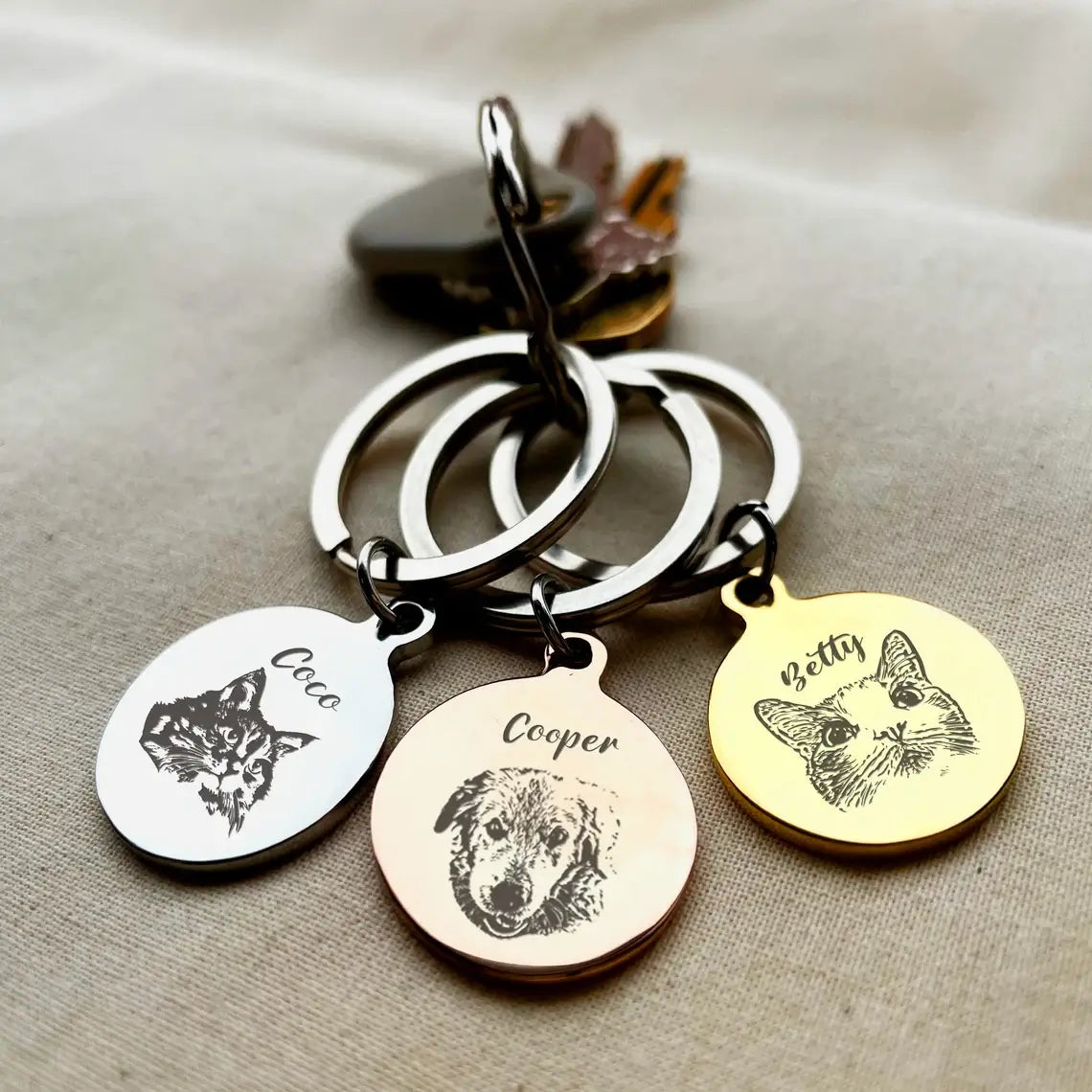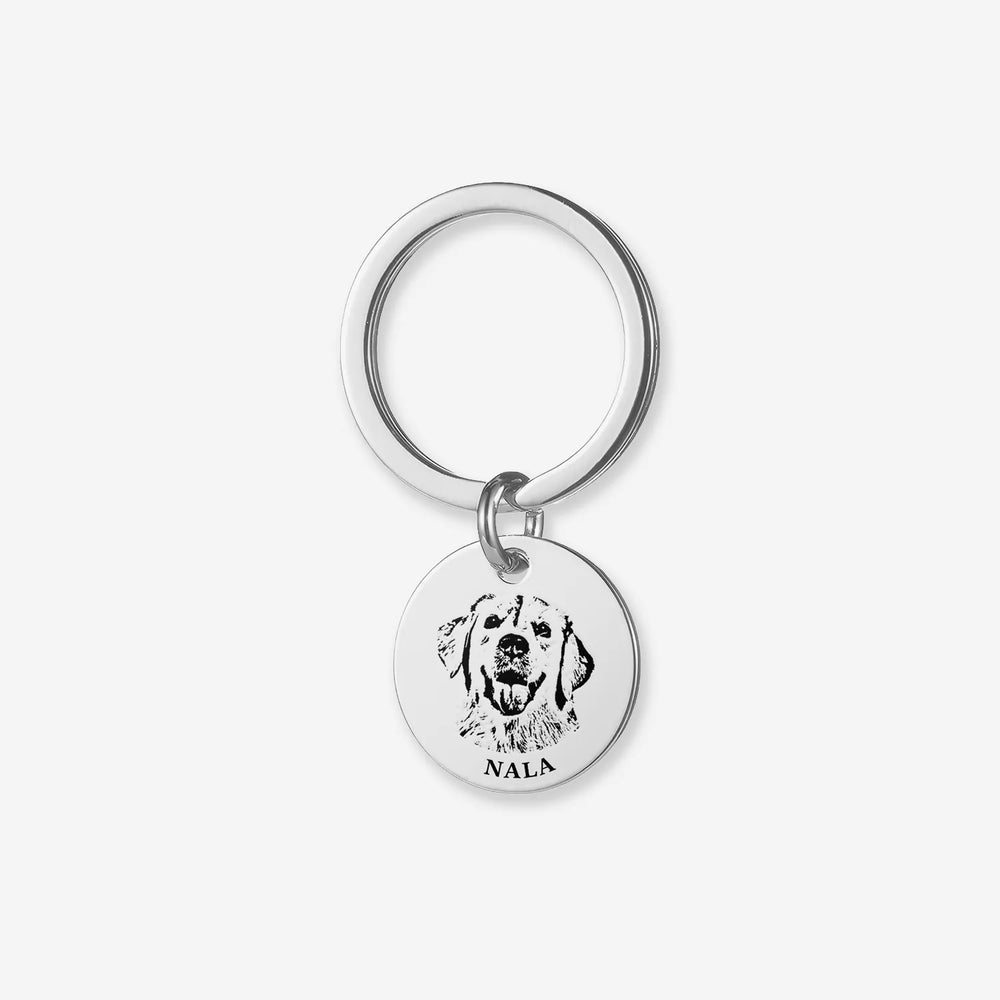Buy One, Get One FREE
Husky Dog Breed: Myths, Facts & Training Challenges

The Siberian Husky is a medium-sized working dog originally bred by the Chukchi people of Siberia for pulling sleds over long distances. With their striking wolf-like appearance, boundless energy, and independent spirit, Huskies have captivated dog lovers worldwide. Recognized by the American Kennel Club (AKC) in 1930, these dogs typically weigh 35–60 lbs and live for 12–15 years.
Despite their wild look, Huskies are 98.8% genetically distinct from wolves (UCLA, 2023). They are highly social, intelligent, and active dogs that require dedicated training and exercise. But are they the right breed for you? Let’s explore their traits, challenges, and what makes them unique.

Are Huskies Large Breed Dogs?
Huskies fall into the medium-sized dog category, though their high energy and strength make them feel much larger.
-
Height: 20–24 inches (shorter than giant breeds like Saint Bernards).
-
Weight: 35–60 lbs (heavier than small breeds like Chihuahuas).
-
Energy Level: They need 2+ hours of daily exercise, equivalent to running 10 miles. Without proper activity, they can become destructive.
Husky Intelligence: Are They the Smartest?

Huskies are intelligent but stubborn, making them challenging to train compared to breeds like Border Collies.
Husky Intelligence Rankings (2024 Data):
-
Overall Intelligence Rank: #77 (Stanley Coren’s list of working intelligence).
-
Problem-Solving Ability: 92% can escape fences under 6 feet.
-
Vocal Skills: They have 15+ unique howls to express emotions and communicate.
-
Obedience Challenges: 43% fail advanced obedience training due to their independent nature (AKC).
Are Huskies Hard to Train?
Yes, Huskies are notoriously difficult to train due to their stubborn and independent temperament.
Success Rates in Training (Compared to Other Breeds):
-
Basic Commands: 68% of Huskies learn “sit” within a week vs. 95% of Border Collies.
-
Housebreaking: Takes 2–4 times longer than Labradors.
-
Pro Tip: Using puzzle feeders can reduce destructive chewing by 60%, keeping their minds engaged.
How to Breed Husky Dogs Responsibly
If you’re considering breeding Huskies, ethical breeding practices are essential.
-
Genetic Testing: Screen for hip dysplasia (affects 12% of Huskies).
-
Coat Color Ethics: Avoid breeding pure white Huskies, as they have a 34% deafness rate.
-
Litter Size: 4–6 puppies on average, with selling prices between $800–$2,500.
10 Reasons Not to Get a Husky

Before bringing home a Husky, consider these potential challenges:
-
Escape Artists: 78% of Huskies can jump or climb over 6-foot fences.
-
Heavy Shedding: They “blow” their coat twice a year, shedding up to ½ lb of fur.
-
Excessive Noise: Their howls reach 120 decibels (a jet takeoff is 140 dB).
-
High Prey Drive: 65% of Huskies chase cats, squirrels, and small animals.
-
Heat Sensitivity: They struggle in warm climates—anything over 70°F increases their risk of heatstroke.
-
Digging Issues: 90% of Huskies dig up gardens and yards.
-
Separation Anxiety: 55% destroy furniture if left alone for more than 4 hours.
-
Not Guard Dogs: Huskies have a 0.3% bite rate, much lower than 22% for dangerous breeds.
-
Expensive Food Costs: Feeding a Husky costs at least $80 per month for a high-protein diet.
-
Lifelong Commitment: 12% of Huskies are surrendered to shelters before they turn 2 due to their high-maintenance needs.
Why Huskies Aren’t “Dangerous Dog Breeds”
Despite their wild appearance, Huskies are not considered dangerous.
-
Bite Statistics: Huskies account for only 0.7 incidents per 10,000 dogs (CDC).
-
Friendly Temperament: 84.5% of Huskies pass temperament tests if properly socialized.
-
Pack Mentality: Huskies rarely show aggression toward humans and thrive in family environments.
Husky Care: Essential Tips for Owners
If you decide to own a Husky, follow these key care tips to keep them healthy and happy:
-
Exercise Daily: Huskies need at least 2 hours of intense activity per day—consider hiking, jogging, or sled-pulling.
-
Mental Stimulation: Use puzzle toys and obedience training to prevent boredom.
-
Proper Diet: A high-protein diet (at least 25% protein) supports their energy needs.
-
Grooming Routine: Brush their coat twice a week and daily during shedding seasons.
-
Secure Fencing: Use 6-foot+ fences or underground barriers to prevent escapes.
Honor Their Wild Spirit

Huskies are adventurous, intelligent, and full of personality. If you’re a Husky owner, celebrate their wild nature with iPetprints’ Custom Dog Face Necklace ($49):
✅ Laser-etched from your Husky’s photo
✅ Optional Arctic-themed charms (snowflakes, paw prints)
✅ Made from durable, high-quality materials
Final Thoughts
Huskies are not the right dog for everyone. Their high energy, independent personality, and training challenges require experienced owners willing to meet their needs. However, for those who can provide the proper care and training, Huskies make loyal, loving companions with a fascinating history.
Would you consider getting a Husky? Let us know in the comments! 🐾




















